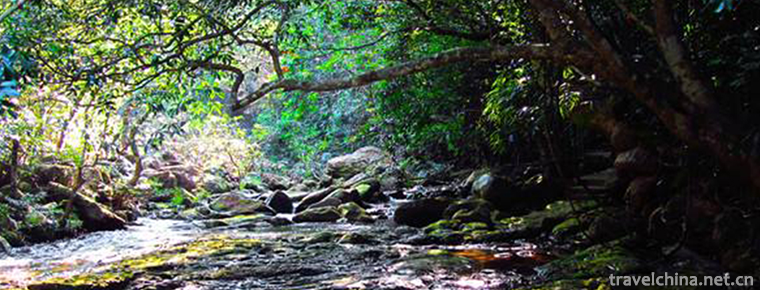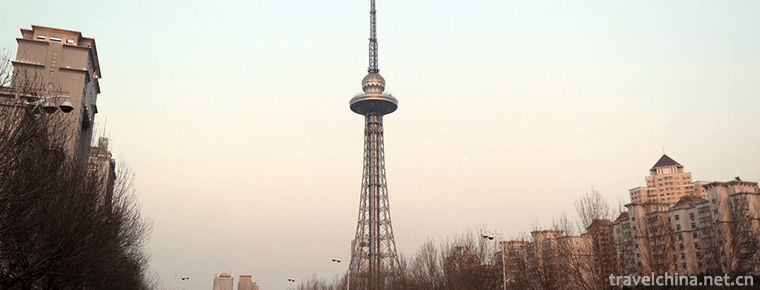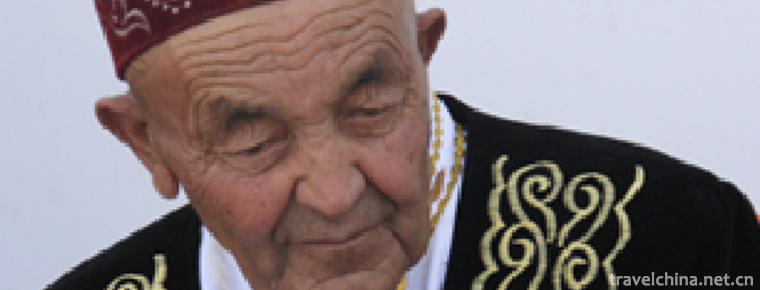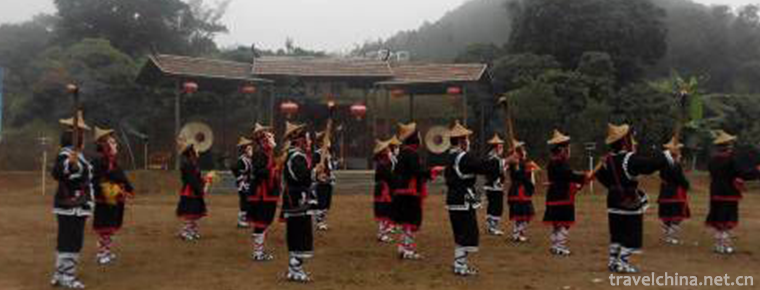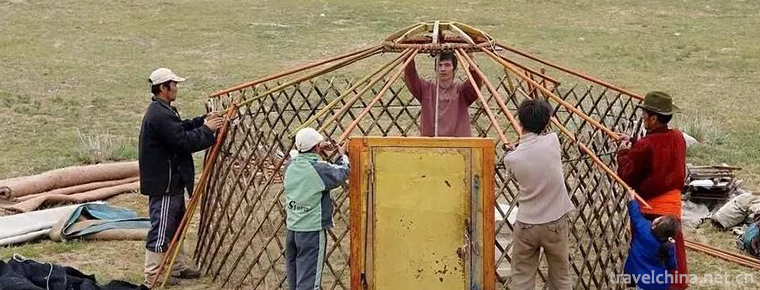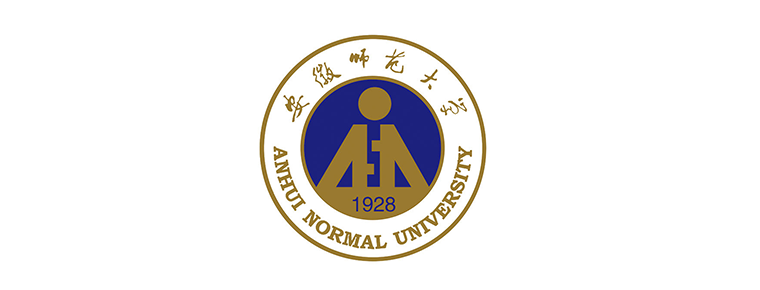Hongdongs custom of visiting relatives
Hongdongs custom of visiting relatives
The custom of walking relatives in Hongdong is a kind of Han traditional folk culture which spreads in Ganting, Wucun, Xincun, Longma and Wanan townships in Hongdong County and Yaodu District of Linfen City, Shanxi Province. It involves more than 20 villages and crosses the East and West banks of the Fenhe River. The local Han people are known as "going to relatives on March 3rd" and "taking aunts to meet their mothers", which are related to the legend of the marriage relationship between Emperor Yao's daughter "Nv Ying" and Shun. The first batch and the second batch of national intangible cultural heritage in Shanxi Province.
historical origin
As an ancient folk culture of the Han nationality, Hongdong's family-walking activities span five townships, Ganting, Wucun, Xincun, Longma and Wan'an, in two counties (districts) of Linfen City, Shanxi Province. They involve more than 20 villages and cross the East and West banks of the Fenhe River, with a wide range of influence.
There is a local legend about the activity of "receiving aunts and welcoming mothers" to visit relatives. The original name of the village is Zhoufu Village. Later, a ewe gave birth to a one-horned sheep. Its name is "Mao", which is a divine beast and has the ability to distinguish good from evil. As the Road History says, "Sex knows straight, knows guilty, and can not touch straight." The matter was known to Gao Tao, the sage of Shishicun and the judicial officer of Yao, and reported to Emperor Yao. King Yao of Pingyang, Dingdu, came to visit with his pregnant wife. Unexpectedly, his wife gave birth to female Ying in the land where she was born. Yao saw that there were God beasts and saints and babies in this area. He moved to live with his whole family and renamed the village as a goat otter. Shun Geng Li Shan is a well-known story in ancient books. Although there are more than 20 places in the name of Li Shan in China, the local people firmly believe that Shun cultivates in this Li Shan. They are favored by the visiting sage King Yao and marry E Huang and Nv Ying to Shun. Therefore, Otter and Lishan are the mother-in-law's and mother-in-law's families of the two goddesses respectively. Owing to the relationship of generations, Otter people call them "aunt", and Lishan and other places call them "mother-in-law". Every year on March 3rd of the lunar calendar, near the Qingming Dynasty, it is the day of grave sweeping and ancestor sacrifice. The goats pick them up from the calendar mountain to their mother's home and their relatives until April 28th (the birthday of King Yao). The calendars come to pay homage to King Yao and take the two mothers back. Then they will enter the busy season of agriculture.
(Atlas 2 of Hongtong's Family Visiting Customs Activities)
cultural meaning
First of all, the ceremony and legend of visiting relatives are important ways for the working people of the Han nationality to remember together and oral records of the evolution of regional history. Legend has a function of explanation. When people tend to obscure and forget history, history gradually evolves into memory and enters people's minds. When handed down from generation to generation, it gradually forms rich Han folklore. The legend of Yao and Shun and the explanation of the origin of the village name obviously have the nature of this common memory, which is also a warning to future generations not to forget history.
Secondly, the custom and legend of visiting relatives maintain a regional social order. Wherever people go during the activity, they are enthusiastic and pious, conveying a kind of social ethics, morality and taboos. Eating "waist meal" and staying in the village after dark have realized the process and purpose of family recognition and highlighted their attachment to family relations, which has played an important role in strengthening regional ties, especially in this society where the sense of space is becoming stronger and the interpersonal relationship is becoming more and more tense. Such family-visiting ceremonies will undoubtedly give people a lot of inspiration, about interpersonal and living space. Between. In short, the March 3 visiting ceremony has become an important belief and recreational activity besides farming and living in southern Shanxi, which affects people's attitude to life, values and relatives. It is a kind act for people to actively participate in and respond to the busy farming. It is a way to express their beliefs and wishes. It is also a way to vent their emotions. It seeks spiritual sustenance in their personal efforts and experiences, realizes the harmony between relatives and neighbours, and maintains their friendship with foreigners.
Inheritance situation
According to textual research, the earliest record of existence can only be seen that Shun Temple existed in Lishan during the Northern Song Dynasty (see Shanxi Tongzhi Temple). Therefore, the custom of "receiving aunts and welcoming their wives" should originate around the Song Dynasty. However, local people, local intellectuals and even government officials all believe that this is the true history and believe that the whole "receiving aunts and welcoming their wives" is true. Family visits have also been handed down from the Yao and Shun times, with a history of four to five thousand years. They are extremely proud of this and defend their beliefs with practical actions. Even during the period when such activities were strictly prohibited during the "Cultural Revolution", they still took risks and dressed up to secretly pick up their aunts. Many people were detained and imprisoned for this reason.
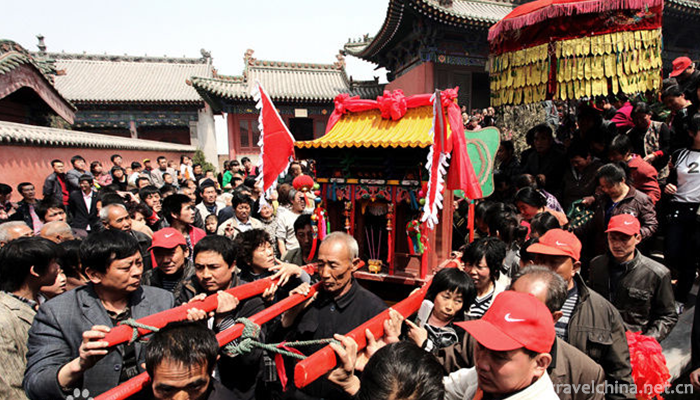
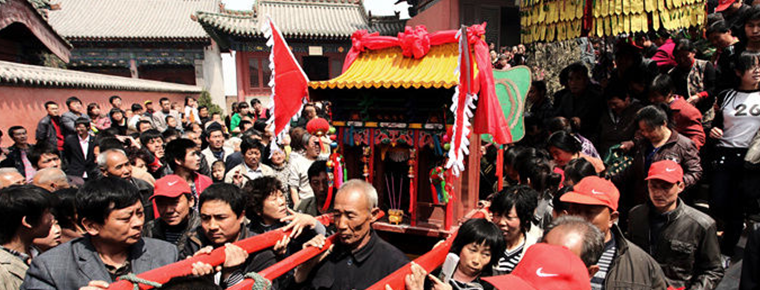
Hongdongs custom of visiting relatives
-
Leshan Giant Buddha
Located on the East Bank of Minjiang River in Leshan City
Views: 195 Time 2018-10-13 -
Huizhou cake
Huizhou cake, originally named "jujube mud crisp baked bread", is a traditional feature in Huizhou area, Anhui Province.
Views: 249 Time 2018-11-27 -
The Oriental Pearl Radio & TV Tower
The Oriental Pearl Radio and Television Tower is one of the landmark cultural landscapes in Shanghai. It is located in Lujiazui, Pudong New Area, with a height of 468 meters
Views: 624 Time 2018-12-05 -
Sun Yatsen Memorial Hall
Zhongshan Memorial Hall is located in Dongfeng Middle Road, Yuexiu District, Guangzhou City, Guangdong Province. It was built by the people of Guangzhou and overseas Chinese to commemorate Dr. Sun Yat
Views: 164 Time 2018-12-22 -
Eight Zhai ditch
Bazhaigou, located in Dongli Village, Guitai Town, the hinterland of 100,000 mountains, more than 50 kilometers northwest of Qinbei District, Qinzhou, Guangxi Zhuang Autonomous Region
Views: 116 Time 2018-12-24 -
Jiaozuo Film and Television City
Jiaozuo Film and Television City, located in Jiaozuo City, Henan Province, is a large-scale comprehensive tourist area with film and television shooting services as the main function
Views: 120 Time 2019-01-22 -
Dragon Tower
Longta refers to Heilongjiang radio and television tower. It is the landmark building of Harbin. The tower is 336 meters high and is a famous high-steel tower in Asia. On November 8, 2008, the Steel T
Views: 417 Time 2019-02-06 -
Kazakh Dastan
Dastan is the main carrier of Kazakh folk culture. It is a folk rap art with a long history. Every Dastan has a complete story. All kinds of Kazakh folk culture are handed
Views: 174 Time 2019-05-02 -
Wo Lou dance
Helou Dance is a traditional folk entertainment program in Yunan County, Guangdong Province. It is called "living fossil" in traditional dance. Helou Dance is the product of
Views: 157 Time 2019-05-02 -
Mongolian yurt building skills
Mongolian yurt building skills, the traditional local skills of Xiwuzhumqin Banner and Chenbalhu Banner in Inner Mongolia Autonomous Region, one of the national intangible cultural heritage.
Views: 131 Time 2019-06-03 -
Anhui Normal University
Anhwei Normal University (Anhui Normal University), known as AHNU, is located in Anhui province. Wuhu City It was founded in 1928, and in the period of the Republic of China. National Anhui University
Views: 195 Time 2019-10-10 -
Social security in Deyang
In 2018, there were 748000 employees participating in basic endowment insurance, 345000 in unemployment insurance, 752000 in medical insurance, 384000 in industrial injury insurance and 399000 in maternity insurance. In the whole year,
Views: 352 Time 2020-12-14




